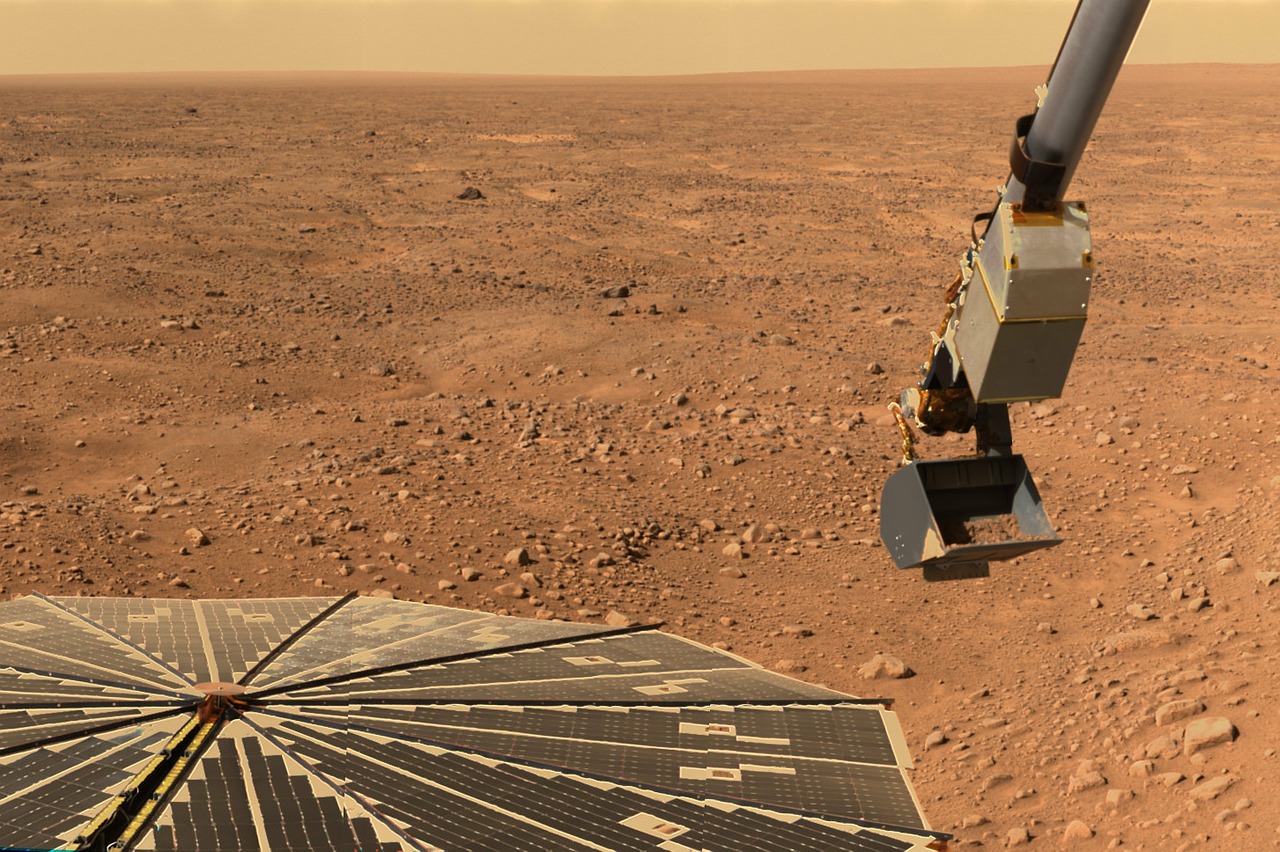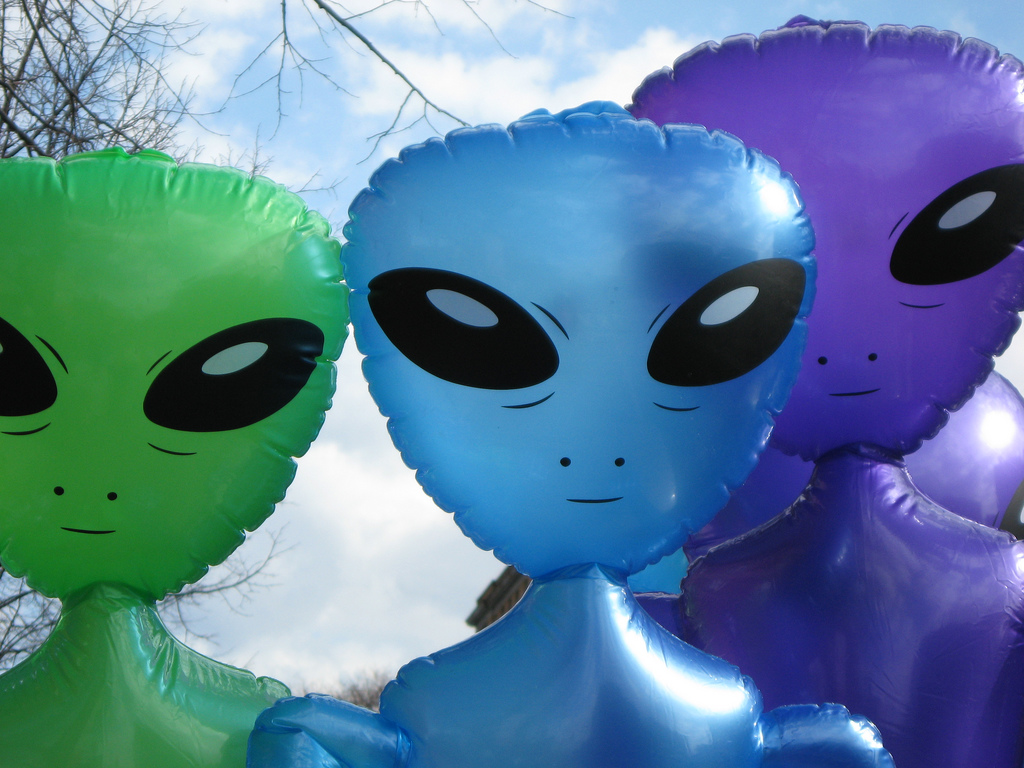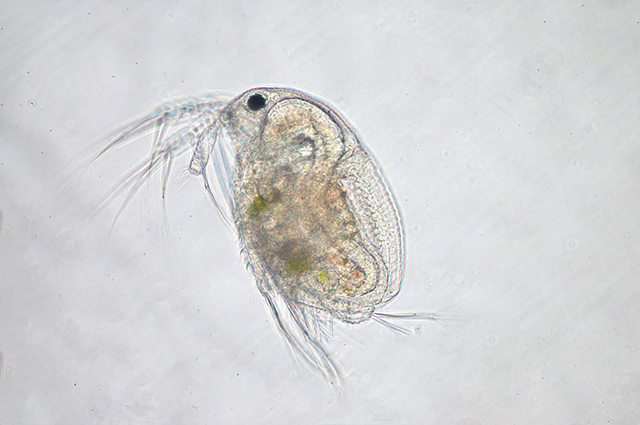03/01/2018 / By David Williams
It’s quite amazing what can be achieved with the use of a camera and an unmanned vehicle just floating around in deep space. The National Aeronautics and Space Administration (NASA) recently announced that its New Horizons spacecraft made history by capturing an image near the edge of the solar system – more than three billion miles away – as it performed routine calibration. By taking that photo, it set a new record for the farthest image ever made from Earth. Then it broke that same record not more than two hours later.
According to the announcement on the official NASA website, New Horizons captured its most important photo yet as it turned its telescopic camera – the Long Range Reconnaissance Imager (LORRI) – onto a field of stars and simply took a routine snap. This particular field of stars was referred to as the “Wishing Well” galactic open start cluster. And it was pictured by New Horizons as it floated by, 3.79 billion miles (6.12 billion kilometers) away from Earth.
At that distance, the New Horizons spacecraft was even farther than Voyager 1, which is famous for taking the photo better known as “Pale Blue Dot” – Voyager 1 was only 3.75 billion miles (6.06 billion kilometers) away when that happened. It held the record for the farthest image ever created from Earth for more than 27 full years.
As mentioned earlier, LORRI ended up breaking its own record a mere two hours later by taking images of Kuiper Belt objects, identified by NASA as 2012 HZ84 and 2012 HE85. According to the space agency, this demonstrates how “nothing stands still when you’re covering more than 700,000 miles (1.1 million kilometers) of space each day.”
According to NASA, the New Horizons spacecraft is only the fifth such spacecraft that managed to breeze past all of the outer planets in the solar system, and that a lot of its accomplishments have involved setting distance records of some sort. Back in December 9, it succeeded in the most-distant course-correction maneuver ever, with the mission team guiding it toward a close encounter with a Kuiper Belt Object named 2014 MU69. It’s scheduled to happen in January 1, 2019, and when it does, it will be the farthest planetary encounter in all of human history. It’s set to happen about a billion miles away from the Pluto system – which was explored by New Horizons a couple of years back.
What exactly does NASA intend to do with all the data they have already gathered – and will gather – on Kuiper Belt Objects? The space agency said that mission scientists plan to study the images taken by New Horizons in order to find out the space of the objects in them as well as their surface properties. They also want to check for moons and rings on them. And while it keeps on taking photos with its on-board camera, it also makes nearly-constant measurements of plasma, dust, and neutral gas levels on its way.
As of this time’s writing, the New Horizons spacecraft has been put into a sort of hibernation mode. Mission controllers from the Johns Hopkins Applied Physics Laboratory in Laurel, Maryland are expected to bring it out of its deep electronic sleep on June 4, and subsequently use it after a series of system checkouts and other activities to prepare it for future encounters.
Keep a close eye on future space discoveries by reading the articles in Space.news.
Sources include:
NASA.gov
DailyMail.co.uk





















